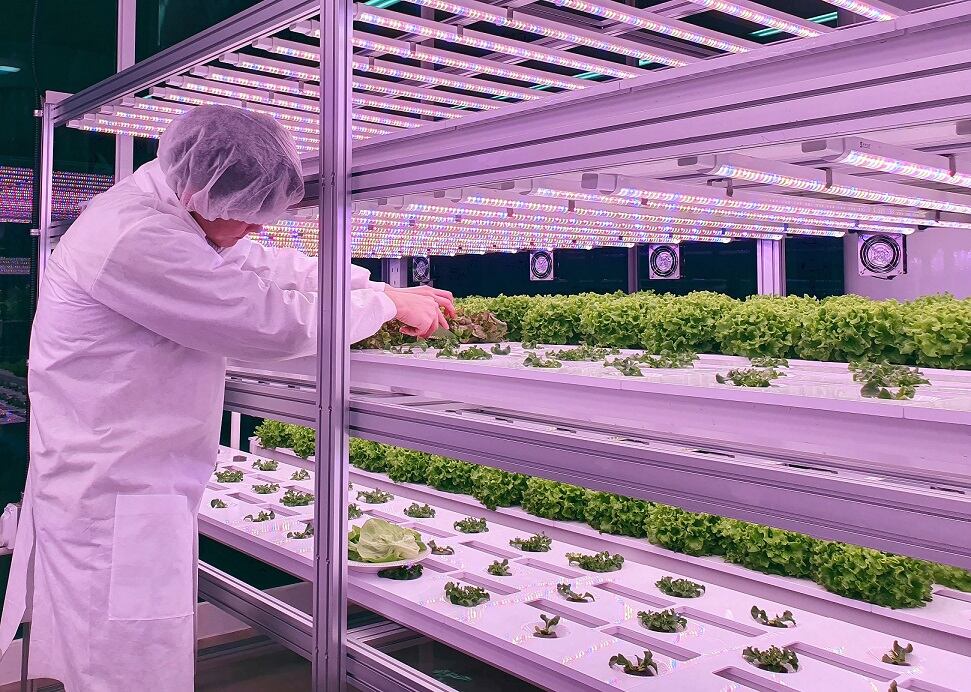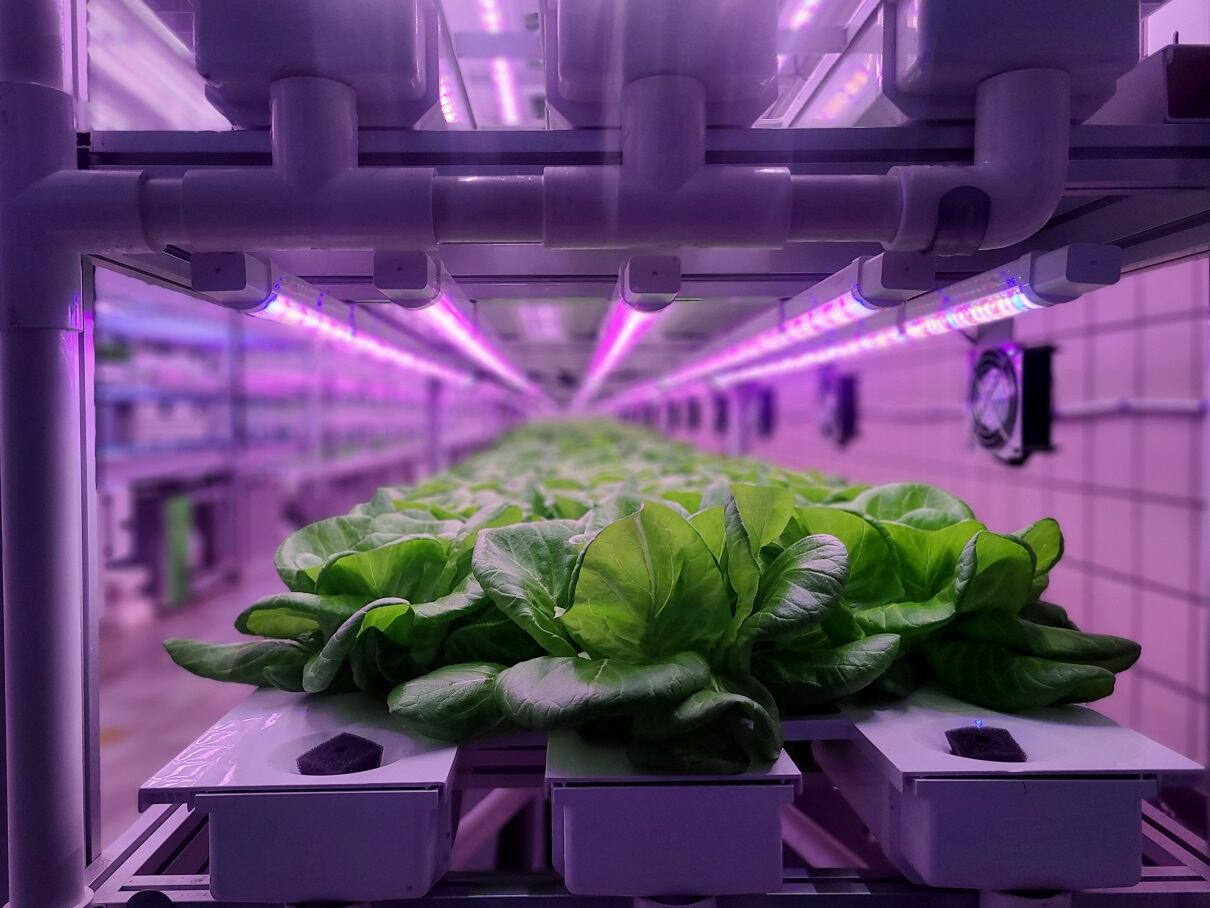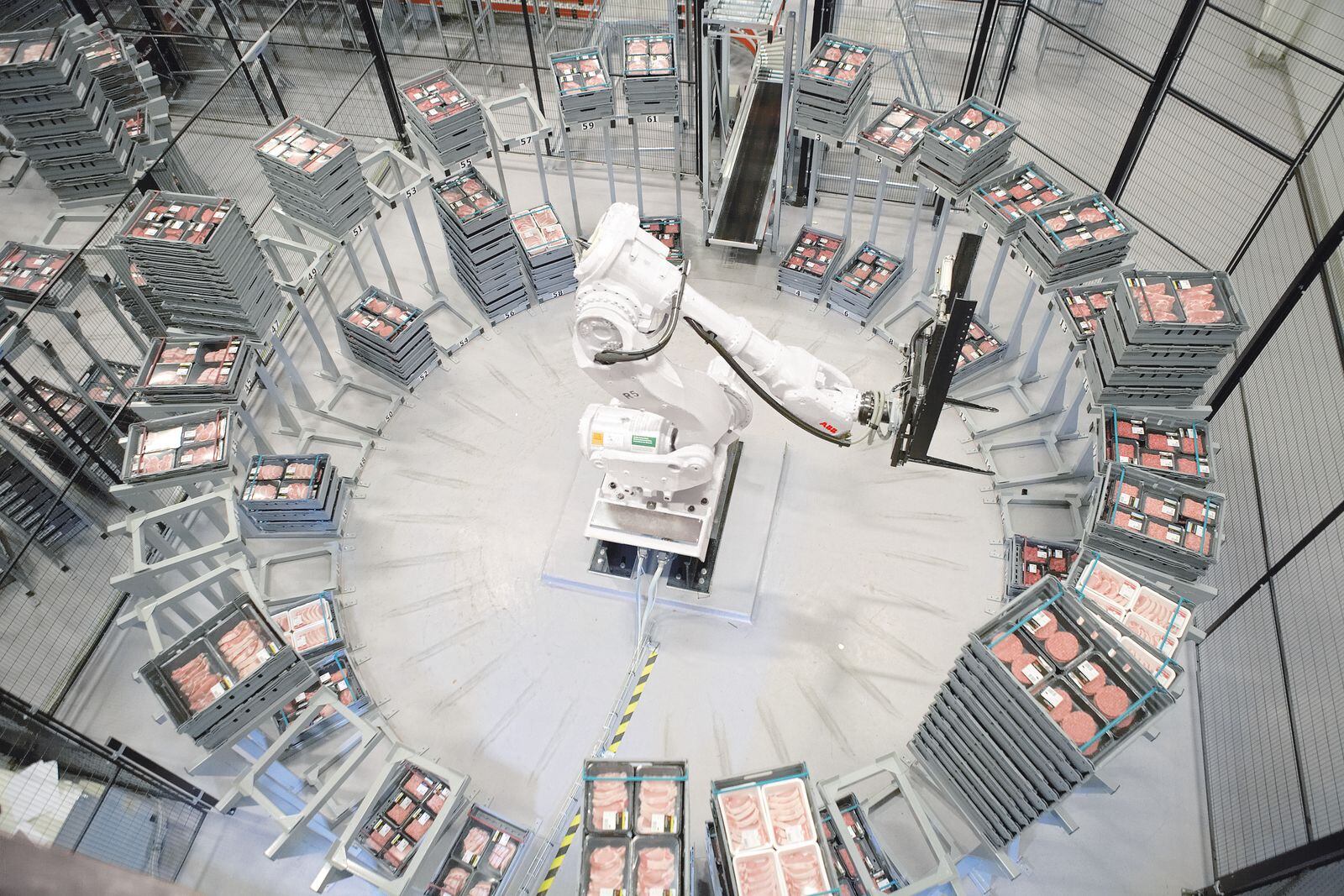“Resources are finite, data is infinite." It’s a phrase I’ve started using in conversation with my colleagues and customers to summarise the urgent need to increase digital capabilities to stay competitive, while at the same time being able to gain tighter control on production variables to save resources and energy usage. Digitalisation is not a phase or a trend; it’s the key to businesses becoming more competitive, more productive, and, of increasing importance, more sustainable.
As a sector, food and beverage is still catching up with other industries in terms of its overall digital capabilities. And there are good reasons for this. But certain businesses, such as forward-thinking GrowPura, a vertical farming business with sites in Marston and Colworth, are starting to explore the true value of digital technologies.
I recently caught up with GrowPura’s executive chairman, Nick Bateman, to discuss his sector, his business and vertical farming’s hunger for technology.
Listen to Thornhill and representatives from Bury Black Pudding Company and Wyke Farms discuss how digital technology can benefit even small businesses in our free webinar.
Now some months on from COP26, the world still seems to be at risk of irreversible and uncontrollable impacts of climate change. While the impacts of global warming are arguably currently less obvious in countries like the UK, recent research is reporting that over 40% of the world’s population are highly vulnerable from changes to the climate.
When also considering the world’s ever-increasing population, sectors like agriculture are likely to come under increased pressure as land becomes more expensive, weather more volatile and demand more extreme.

With this argument already well-known, Bateman explained countless other reasons as to why our society needs to rethink agriculture: “Beyond the primary consideration of needing to provide more food to a growing population with diminishing land availability, the food industry is actually very wasteful.
“Not only does traditional agriculture use huge amounts of land, but it also requires huge amounts of water and transportation. As a global challenge that is not going away, high water usage is particularly challenging in areas like California or the Middle East.”
“Food scarcity is also a challenge. Some countries are even setting their own home-grown targets, with Singapore wanting to become 30% self-sufficient by 2030. As an ambitious target for a country with such a small land area, you can clearly see the benefits of being able to produce goods in a smaller space.”
Bateman also highlighted that farming doesn’t simply benefit the food sector. “Of course, these challenges are focused on food. There is also a huge demand for ingredients in cosmetics, pharmaceuticals, medical products and more.”

What is vertical farming?
Population changes, weather, demand, food reliability – these challenges are here to stay, and it’s easy to understand why the world needs to consider an alternative to traditional agriculture. Vertical farming is an exciting solution. Fresh fruit, vegetables and other ingredients can be grown indoors and year-round without the need for large quantities of water, land mass or pesticides. These crops are also free from the vagaries of frost, drought, soil quality, insufficient sunlight or flooding which can ruin an outdoor crop.
Crops are grown in a variety of hydroponic solutions with electric lighting and the advanced use of temperature, humidity and CO2 doing nature’s work in a clean, GMP, pesticide-free and increasingly productive matter.
The premise behind the word ‘vertical’ in vertical farming is that this indoor growing can take place in stacks vertically, rather than on a single level. But as Bateman pointed out, there are many complications arising from this.
“Of course, plants aren’t used to growing on different levels indoors,” Bateman said. “So you have to work hard to consider how to get the right amount of airflow and light to the plant and figure out how to actually harvest the crop.
“The biggest challenge is actually scale. You can do some great things through handmade work in small spaces, but this is labour and energy intensive and doesn’t create a long-term economical solution. A mindset that embraces technology such as sensors and AI is important.”
Who is GrowPura?
UK-based GrowPura provides proven, technological solutions for efficient, sustainable plant growth. Its patented hydroponics technology solution centres around growing plants in water rather than soil within a controlled environment for optimum purity. But GrowPura doesn’t want to simply grow crops in this solution themselves. It wants to share its technology all around the world for maximum impact.
“Our aspiration is to be a world-leading technology provider,” said Bateman. “We think we can have a bigger global impact by licencing our technology and building sites for others, rather than being a grower ourselves.”
The key ingredient to GrowPura’s solution is movement. Being able to move plants around a site means that wind is simulated, helping to strengthen plants as if they were outside. Having considerable control over the movement of the plants has other benefits, such as centralised irrigation, cleaning or even centralised sleeping! Spinach, for example, only needs a maximum of 14 hours of light a day, so being able to move it away from light is essential.
Central to such movement are automation and the latest digital technologies.

How can technology support GrowPura?
Central to technology transformation in any industry is the foundation and the philosophy to embrace change. Once a foundation is set, continuous improvement is accelerated and modifications are simple since everything is connected with real-time monitoring.
It’s great to see GrowPura embracing the power of integration. “We’re moving our crop all the time, so obviously we need to exercise great control over the crop,” said Bateman. “From the software required to give the instructions to our machine components to the sensing technologies needed to collect data on operations, being able to manage a range of technology is clearly key.
"Hence, having a standard network infrastructure where data is easily transmissible across systems is essential, from the building control systems through to the process control software. This is where an organisation like Siemens can really support.”
Having been in the industry for more than ten years, Bateman is well placed to understand the true value of technology to the sector. “The more time you spend in the sector, the more you learn about what you can do and how technology is the enabler for transformation. Mobile phones used to simply be used to communicate, whereas now you can set reminders, browse the internet or use a range of other applications. With technology having developed so far in recent times, why wouldn’t we apply the latest to vertical farming?”
Closing thoughts
At Siemens, we love technology with purpose, technology that makes a real difference to the industries and businesses it serves. That’s why it’s so exciting to see GrowPura looking to embrace the latest technologies to transform the food sector. What might be next? Vertical vineyards?




